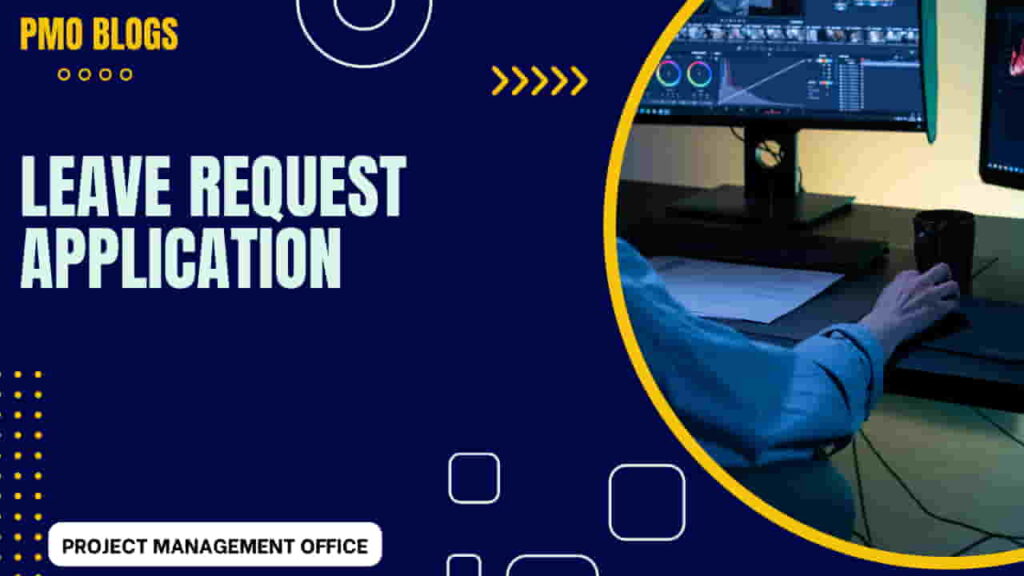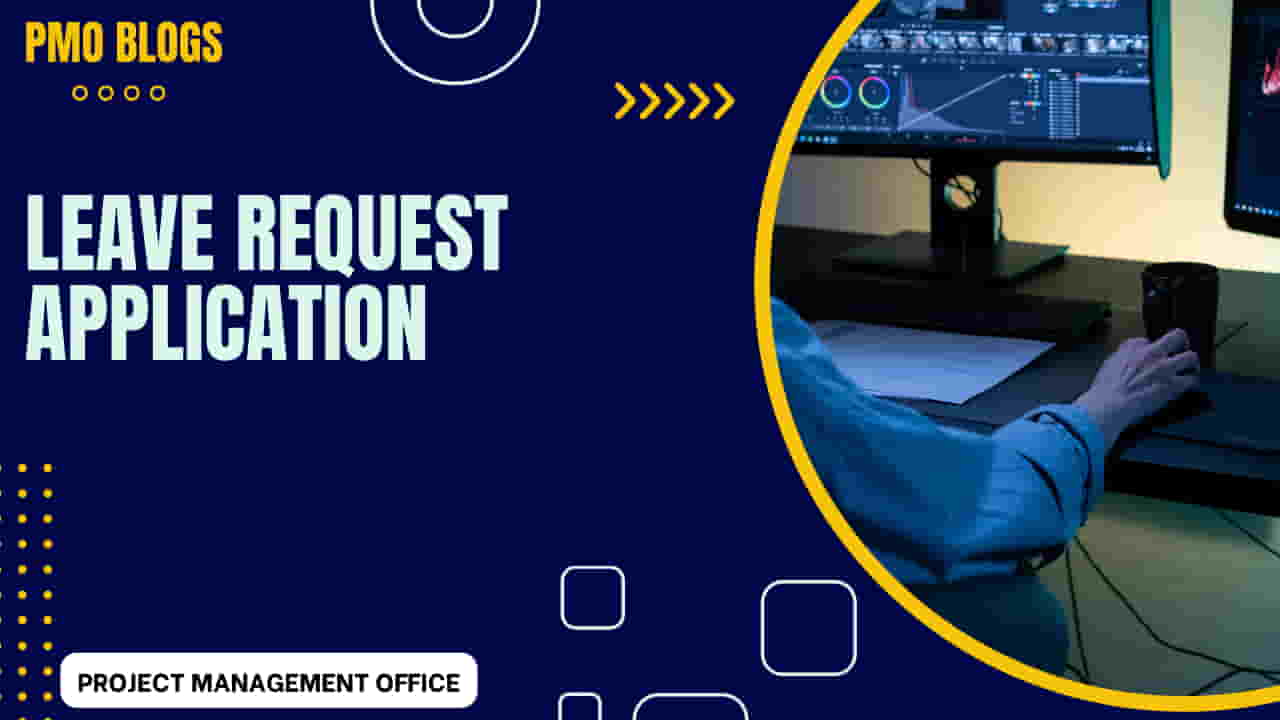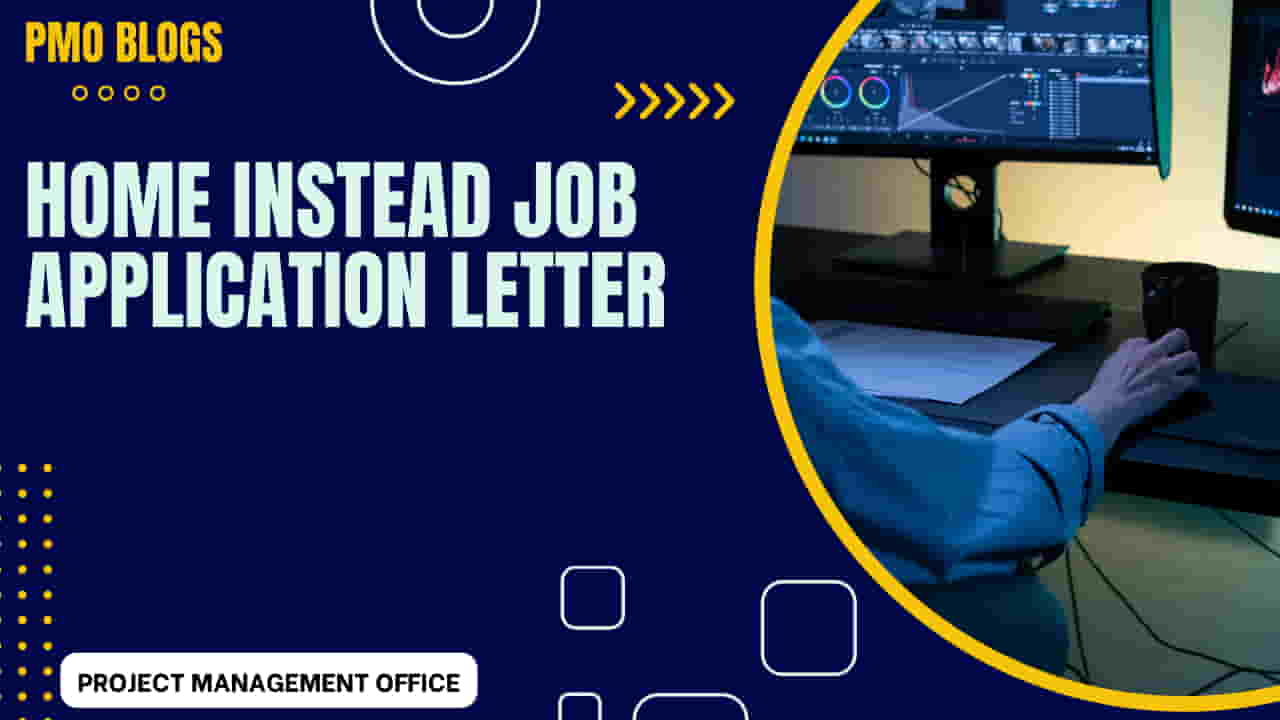Are you in need of a well-crafted leave request that effectively communicates your need for time off? Look no further. With this carefully written introduction, you can express your request for leave in a concise and professional manner. Your employer will appreciate your clarity and attention to detail. Take the first step towards your much-needed break by using this unique introduction paragraph.

Reason for Leave: Clearly state the reason for your leave, whether it is for personal, medical, or any other valid reason.
Taking leave from work is a common occurrence for many individuals. The reason for leave can vary depending on the individual’s needs and circumstances. Some individuals may require leave for personal reasons, such as attending to family matters or important life events. Others may need leave for medical reasons, such as recovering from an illness or undergoing a medical procedure. Regardless of the reason for leave, it is important to clearly communicate the purpose of the leave request to your employer. Being transparent and providing a valid reason for your leave will help ensure that your request is understood and considered by your employer.
• Personal reasons: Leave may be necessary to attend to family matters, such as a wedding or funeral, or to handle important life events like moving homes or caring for a sick loved one.
• Medical reasons: Leave may be required for recovering from an illness, injury, or surgery. It can also be needed for undergoing medical treatments or procedures that require time off work.
• Mental health reasons: Taking leave for mental health concerns is becoming increasingly recognized and accepted. Stress, anxiety, depression, and burnout are valid reasons to prioritize self-care and seek time away from work.
• Maternity/paternity leave: Expecting parents often need time off before and after the birth of their child. Maternity leave allows mothers to recover physically while bonding with their newborns. Paternity leave enables fathers/partners to support their families during this significant period.
• Bereavement leave: The loss of a loved one can deeply impact individuals emotionally and mentally. Employers typically provide bereavement leave so employees have the necessary time to grieve and make funeral arrangements.
• Educational purposes: Employees might request leaves for further education opportunities like attending conferences, workshops, seminars, or pursuing advanced degrees/certifications relevant to their professional growth.
Clearly stating the reason for your requested leave is essential in order for your employer to understand its purpose fully. This transparency helps them evaluate whether granting the request aligns with company policies and ensures fairness among all employees seeking similar accommodations. Additionally:
– Providing specific details about the nature of personal/family matters can help employers empathize with your situation better
– Sharing medical documentation (if applicable) will validate your need for medical-related leaves
– Discussing alternative solutions like remote work options during recovery periods could demonstrate your commitment towards fulfilling responsibilities despite requiring some flexibility
Duration of Leave: Specify the exact dates or duration for which you will be requesting leave.
The duration of leave refers to the specific dates or duration for which an individual is requesting time off from work. It is important to provide clear and concise information to ensure that employers are aware of the exact period of absence. When specifying the duration of leave, it is recommended to include both the start and end dates. This will enable employers to plan and arrange work accordingly, ensuring that there is minimal disruption to the overall workflow. Additionally, if the exact dates are not known at the time of the leave request, it is essential to provide an estimated duration or an approximate time frame in which the leave is expected to occur. This will allow employers to have a general idea of the employee’s availability and make necessary arrangements in advance.
• Including both the start and end dates of the requested leave allows employers to accurately plan and schedule work.
• Providing an estimated duration or approximate time frame if exact dates are not known helps employers anticipate the employee’s availability.
• Clear and concise information about the duration of leave minimizes disruption to workflow.
• Specifying the exact dates or duration ensures that employers have a complete understanding of when the employee will be absent from work.
Requested Date: Mention the date on which you are submitting the leave request letter.
A crucial aspect of submitting a leave request letter is to clearly mention the requested date. It is essential to provide the exact date on which the letter is being submitted, as this will serve as a reference point for your employer to track the timeline of your request. By stating the requested date, you help create a sense of organization and transparency in your communication. This will assist your employer in promptly reviewing and processing your leave request without any confusion or delay.
Furthermore, including the requested date in the leave request letter showcases professionalism and a proactive approach on your part. It demonstrates your commitment to adhering to proper protocols and ensures that your employer is informed about your intentions in a timely manner. Therefore, when preparing your leave request letter, remember to mention the requested date prominently at the beginning, enabling your employer to swiftly address your request and make necessary arrangements if approved.
• Mentioning the requested date in your leave request letter helps create a clear timeline for your employer to track.
• It shows organization and transparency in your communication.
• Including the requested date demonstrates professionalism and a proactive approach.
• It ensures that your employer is informed about your intentions in a timely manner.
• By stating the requested date prominently at the beginning of your letter, you enable swift processing of your request.
Contact Information: Provide your contact details so that your employer can easily get in touch with you if needed.
It is essential to provide your contact details in order to facilitate communication between you and your employer during your leave. By including your phone number and email address, you ensure that your employer can easily get in touch with you if needed. Providing multiple contact options allows for greater flexibility in reaching you, whether it is for important updates or any other work-related matters.
Moreover, it is recommended to share any alternative contact information, such as a secondary phone number or an emergency contact, to ensure that there is always a way for your employer to reach you in case of any urgent situations. This also shows your commitment to staying connected and informed during your leave, which can help maintain a smooth workflow and efficient communication within the company.
• Including your phone number and email address allows for easy communication between you and your employer.
• Providing multiple contact options ensures flexibility in reaching you for important updates or work-related matters.
• Sharing alternative contact information, such as a secondary phone number or emergency contact, is recommended for urgent situations.
• This demonstrates your commitment to staying connected and informed during your leave.
• Maintaining efficient communication within the company helps maintain a smooth workflow.
Work Coverage: Explain how you plan to handle your workload or delegate tasks during your absence.
To ensure a smooth workflow during my absence, I have devised a plan to handle my workload effectively and delegate tasks to my colleagues. Firstly, I will prioritize my tasks and complete any critical assignments before my leave begins. This will help minimize any potential disruptions and ensure that essential work is not left unattended. Additionally, I will create detailed instructions and provide necessary resources for my colleagues to handle any tasks that may arise during my absence. By doing so, I can ensure that they have all the information they need to carry out the tasks successfully.
Furthermore, I will communicate with my team members and inform them about my absence in advance. This will enable them to plan and adjust their schedules accordingly. I will also identify a colleague who can act as a point of contact in my absence and share this information with my team. This will provide them with a reliable resource for any queries or concerns that may arise while I am away. Moreover, I will ensure that my colleagues are aware of any ongoing projects or upcoming deadlines so that they can take appropriate actions and keep the workflow on track.
• Prioritize tasks and complete critical assignments before leave begins
• Create detailed instructions and provide necessary resources for colleagues to handle tasks during absence
• Communicate with team members in advance about absence
• Identify a colleague as a point of contact during absence
• Share information about the point of contact with the team
• Ensure colleagues are aware of ongoing projects and upcoming deadlines
What is considered a valid reason for taking leave?
Valid reasons for taking leave can include personal matters, medical issues, family emergencies, and other significant events that require your absence from work.
How long can I take leave for?
The duration of your leave depends on the specific circumstances and company policies. You should clearly specify the exact dates or duration for which you are requesting leave in your request letter.
When should I submit my leave request?
It is recommended to submit your leave request letter as early as possible, preferably before your planned absence. You should mention the date on which you are submitting the letter to provide a reference point.
What contact information should I provide?
You should provide your contact details, such as your phone number or email address, so that your employer can easily reach out to you if needed during your absence.
How should I handle my workload during my absence?
In your leave request letter, explain how you plan to handle your workload during your absence. This can include delegating tasks to co-workers, providing clear instructions and necessary resources, or proposing alternative solutions to ensure the continuity of work.
Can I delegate my tasks to someone else?
Yes, if appropriate, you can delegate your tasks to a trusted colleague or team member. Make sure to discuss this with your supervisor or manager to ensure a smooth transition and proper handover of responsibilities.
What if I don’t have anyone to delegate my tasks to?
If you don’t have anyone to delegate your tasks to, you can propose alternative solutions in your leave request letter. This can include suggesting temporary replacements or providing recommendations for how your workload can be managed in your absence.
Will I be expected to work while on leave?
Generally, taking leave means you should not be expected to work. However, there may be exceptional circumstances where your employer may need to contact you for urgent matters. Make sure to discuss the expectations and boundaries with your employer beforehand.
What should I do if there are urgent matters that require my attention while on leave?
If there are urgent matters that require your attention while on leave, communicate this to your employer in advance. Provide alternative contact information or discuss a mutually agreed-upon method for reaching you in case of emergencies.
Can I extend my leave if needed?
If you need to extend your leave beyond the initially requested duration, you should discuss this with your employer as soon as possible. They will consider the circumstances and company policies to determine if an extension is possible.
Sample Leave Request:
[Your Name]
[Your Address]
[City, State, ZIP Code]
[Email Address]
[Phone Number]
[Date]
[Supervisor’s Name]
[Company Name]
[Company Address]
[City, State, ZIP Code]
Subject: Leave Request
Dear [Supervisor’s Name],
I hope this letter finds you well. I am writing to formally request a leave of absence from [start date] to [end date] for [reason for leave]. I have carefully considered the timing and impact of my absence and have made appropriate arrangements to ensure a smooth workflow during my leave.
During my absence, I will ensure that all my ongoing tasks and responsibilities are delegated to suitable colleagues. I will provide detailed instructions and necessary documentation to ensure a seamless continuation of work. I am confident in the abilities of my team members and trust that they will handle any tasks or issues that may arise in my absence.
I understand that my leave may require adjustments to the team’s schedule, and I am more than willing to work closely with you and my colleagues to develop a plan that minimizes any potential disruption. I am committed to ensuring a smooth transition and will be available remotely, if needed, to provide guidance or assistance.
I apologize for any inconvenience caused by my absence and assure you that I will make every effort to complete any pending tasks before my departure. I value the trust and support of the company, and I will return to work fully committed and dedicated to my responsibilities.
Please let me know if there are any specific procedures or forms that need to be completed for the leave request. I will promptly provide any required documentation and complete the necessary paperwork to officially initiate the leave process.
Thank you for your understanding and consideration. If you have any questions or need further information, please feel free to contact me. I am available at [phone number] or [email address]. I look forward to your positive response.
Sincerely,
[Your Name]

